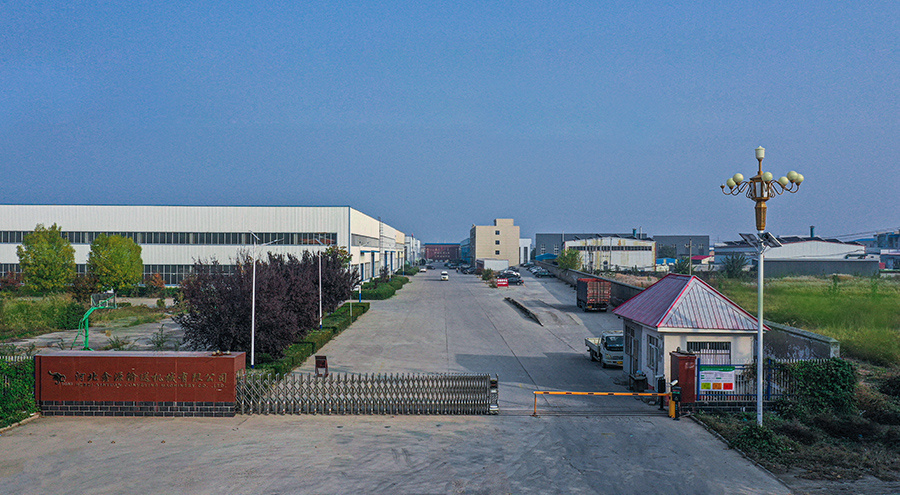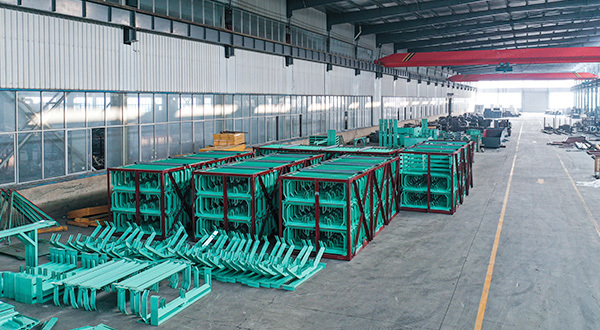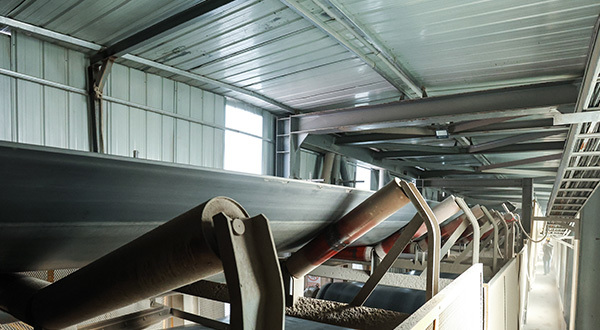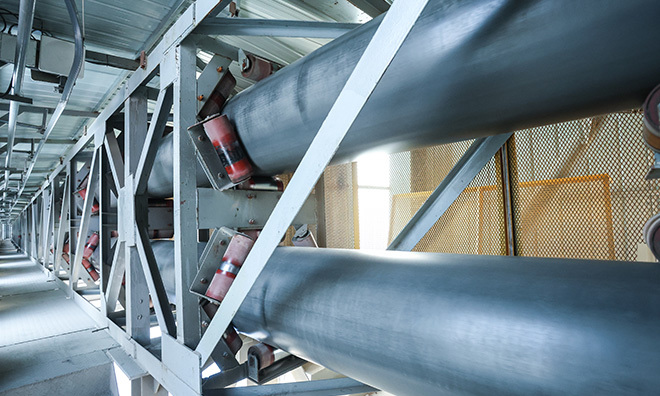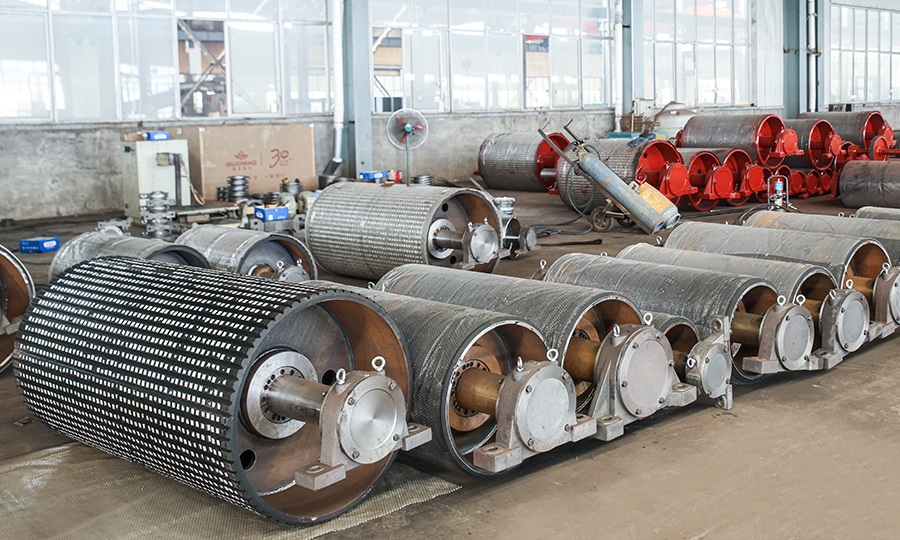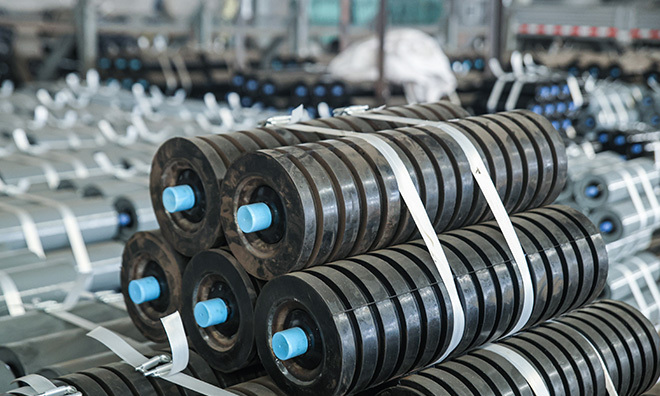What are the common problems and solutions when using drive rollers?
2024-12-05
The driving roller is the main component of the belt conveyor to transmit power. The driving mode of belt conveyor can be divided into single roller, double roller and multi roller. Roller conveyor is suitable for the transportation of flat bottom goods. It is mainly composed of driving roller, frame, bracket, driving device and so on. The efficiency of the drive drum depends on the stability of the voltage. If the voltage is not stable, the efficiency of the transfer drum will be greatly reduced. The following are common problems and solutions when using drive rollers:
1. so how to ensure the stability of the drive roller voltage?
1. Adjust the magnetic field of the excitation circuit: and connect a suitable resistance load in parallel at both ends of the drive drum resistance. In this way, the resistance value after heating has a clear intersection with the no-load characteristic curve, so there is a stable operating point at low voltage.
2. Magnetic gasket: The benign permeability data is placed under the magnetism of the drum and the brake shoe to reduce the gap of the excitation magnetic field, so that it has sufficient output characteristics when the excitation current is small, and its output voltage is stable.
3, the use of automatic excitation adjustment device: the transmission drum automatic excitation adjustment device has good excitation characteristics, with constant reactive power, constant power factor and other adjustment methods, to improve the stability of the system and transient response ability is very effective, at the same time can solve the drum output voltage instability and system voltage fluctuations caused by the drum reactive power swing problem.
4. If you can't change the voltage, you need to buy voltage stabilizing equipment, but it will cost a little. Check the contact condition of the power supply line of the equipment, and check whether the indoor wiring is normal and firm. If the voltage fluctuation of the transmission drum where you are located is abnormal, it is recommended to contact the power bureau.
These two methods ensure voltage stability of the transfer roller. Under the premise of ensuring voltage stability, low energy consumption, easy to realize centralized control, safe and reliable operation, and long service life.
Common cooling measures for 2. drive drum
1. Oil immersion cooling: Inject oil into the driving drum to make it directly contact with the rotor and stator windings of the motor, and transfer the heat generated during its operation to the inner wall of the drum through the continuous rotation of the driving drum. This structure has a good heat dissipation effect, but the quality requirements of the lubricating oil and the motor are also very high.
2. Oil cooling: There is a certain amount of cooling oil in the drum. With the continuous rotation of the drum, the oil scraper on the cylinder continuously injects oil into the motor and gear, takes away the heat generated by the motor and gear during operation, transfers the heat to the drum wall, accelerates the heat dissipation of the motor, and lubricates the gear.
3. Air cooling: The engine does not require oil cooling, but relies on conduction, radiation and wind convection to reduce body temperature.
Of course, for different equipment, we need to take different cooling measures to achieve the desired effect. For example, we can use oil immersion cooling to cool. Usually, this type of drive roller can accept some oil into the motor, so it can directly contact the rotor and stator windings of the motor. This can achieve a good cooling effect, but at this time, the quality requirements of the lubricating oil and the motor are more stringent.
Key words:
Conveyor
Related News
Development of Conveyor at Home and Abroad
2024-05-22
Belt conveyor drive and reducer failure
2024-05-22
Use and Maintenance Management of Roller Conveyor
2024-05-22


